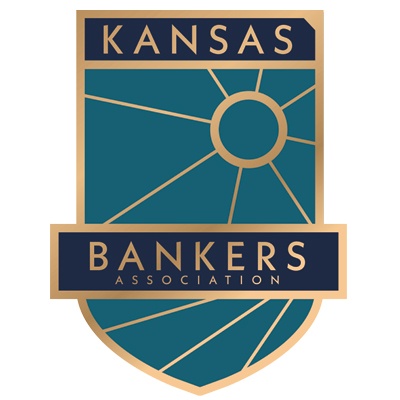About two years ago, a new generation entered the workforce: Generation Z (Gen Z). With a new generation comes a new way of training and communicating. One of the core roles an L&D department has is to help employees find their dream job and provide them opportunities to take their careers to the next level.
Meeting the needs of a learner means you must have an understanding of how that individual learns and what is meaningful for them. Let’s take a deeper look into Gen Z and what makes them unique.
Who is Gen Z?
Gen Z includes anyone born after 1996. It’s estimated that Gen Z accounts for 61 million people in the U.S., which is more than Gen X and two-thirds the size of baby boomers. Many Gen Zers do not remember a time before smartphones and have no memory of 9/11, except in the classroom.
Gen Z has grown up with more access to information and technology than any other generation. As a result, Gen Zers expect to find and have access to training materials the moment they need it, regardless of where they are.
3 Insights to Training Gen Z
1 – Video
Gen Z has grown up with YouTube. They are accustomed to seeing complex ideas explained with supporting visuals and demonstrations. According to a study by Pearson, 59% of Gen Zers prefer to learn by watching YouTube videos and 55% say YouTube has contributed to their education, learning and/or personal development. Training that speaks to Gen Z must have video and/or visual components.
Financial institutions can’t rely on YouTube for their regulatory compliance training. Therefore, it’s important they seek an education provider who also values and uses videos and engaging visual elements in their courses.
2 – Flexibility
Generally speaking, Gen Z enjoys a higher level of self-guided education and autonomy. Providing choices and freedom in their subjects of study is key to driving motivation and self-confidence. According to LinkedIn, 43% of Gen Z say they prefer a fully self-directed and independent approach to learning.
In the financial sector, there are courses that are legally mandated. However, there is room to provide opportunities for cross training. Providing them with access to a course catalog will equip them with information and insight on other training topics available to them.
Another way to provide flexibility in training is providing a choice in the format. For example, one employee may prefer the traditional format of training while another would rather watch a video including infographics and animation. The content is the same, however, giving a choice in the format allows for the flexibility and the opportunity to provide training that Gen Z desires.
3 – Meaning
Gen Zers are often asking themselves, “Where does this job fit into my life?” rather than asking, “Where do I fit into this company?” A study by Barnes and Noble College shows that Gen Z students refuse to be passive learners. They don’t want to sit through training and take notes. Rather, they want to be immersed in the training experience and fully engaged. They prefer to be hands-on, constant learners.
Robert Half reports that 64% of Gen Z job seekers are looking for career growth job opportunities, not just a paycheck. Connecting a Gen Z employee to why they need to take training will gain their buy-in and connect them to the content. In addition, providing them opportunities for professional development will engage them in further advancing their career.
In the end, each generation has its own set of characteristics which makes them unique. L&D departments have a unique opportunity to shift and expand their training and education programs to meet the needs of a diverse set of employees. Becoming familiar with generational learning styles, motivators and how they prefer to consume information is key to developing effective training programs.
This article is brought to you by BankWebinars.com as an example of a topic discussed during their webinars. We enjoyed talking about Gen Z and hope to see you during one of our online training sessions.








